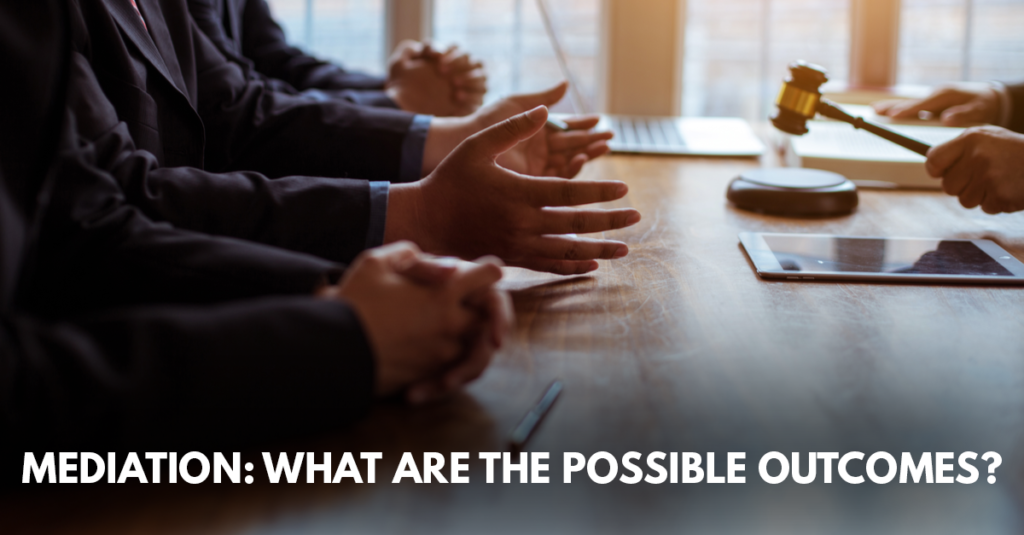Introduction: A Fragile Diplomatic Opening
For years, Iran and the United States have been trapped in the tense expressions of Tehran’s nuclear program, regional influence, and US sanctions paralysis. Now, contrary to the escalating Middle Eastern background, two enemies are preparing for an indirect conversation in Oman, preparing a conflict from the Gaza Strip to the Hauti rocket attack in the Red Sea. These negotiations, communicated by civil servants in the negotiations in Omani, could be a rare opportunity to alleviate tensions. As Iran is enriched with uranium amid most of its weapons and US sanctions, the path to a wise agreement remains with obstacles. Why do these conversations happen now? What can you realistically achieve? And how does it fit into the broader geopolitical chess committee? We do the scene with that.
1. Why Oman? The Go-Between for U.S.-Iran Diplomacy
Oman has long played the role of neutral mediator in Middle Eastern conflicts. Unlike its Gulf neighbors, it maintains good relations with both Washington and Tehran, making it an ideal facilitator for backchannel talks.
Oman’s Track Record

2013-2015: Oman organized the Co-Comprehensive Plan of Action (JCPOA), the secretly organized early discussion that led to the 2015 nuclear deal.
2023: Oman helped to communicate American prisoners with prisoners, showing his ability to bridge gaps even at high tensions.
By choosing Oman, both sides show their willingness to speak, although they do not have the political baggage of direct negotiations.
2. What’s on the Table? Nuclear Limits vs. Sanctions Relief
The core issue remains Iran’s nuclear program. Since the U.S. withdrew from the JCPOA in 2018 under President Trump, Iran has dramatically expanded its uranium enrichment, moving closer to the threshold for a bomb.
Iran’s Nuclear Advances
URANANCE: Iran is currently enriching purity by up to 60%, with only 90% of the required weapon materials.
Warehouse Growth: The International Atomic Energy Agency (IAEO) reports that Iran has sufficient uranium for some nuclear weapons if further processed.
Blocked Testing: Iran has restricted access to IAEOs and is concerned about hidden nuclear activities.
U.S. Demands
The Biden administration wants:
- A freeze on high-level enrichment (60%).
- Greater IAEA monitoring access.
- Curbed support for regional proxies (Hezbollah, Houthis, Hamas).
Iran’s Demands
In return, Tehran insists on:
Lifted sanctions (especially on oil exports and banking).
Guarantees that future U.S. presidents won’t abandon the deal again.
Can a New Deal Be Reached?
Experts are skeptical.
- Vali Nasr (Johns Hopkins University): “Neither side is politically positioned for major concessions. This is more about crisis management than revival of the JCPOA.”
- Suzanne Maloney (Brookings Institution): “The best-case scenario is a temporary understanding to prevent further escalation.”
3. The Regional Wildcards: Gaza, Red Sea, and Proxy Wars

These talks aren’t happening in a vacuum. The Israel-Hamas war, Hezbollah-Israel clashes, and Houthi attacks on shipping have heightened fears of a wider conflict—one where Iran and the U.S. could be pulled into direct confrontation.
How Regional Conflicts Impact Talks
Houthi Attacks: Iran-backed Houthis have disrupted Red Sea shipping, leading to U.S. airstrikes. If attacks continue, Washington may harden its stance.
Iran’s Election Factor: With Iran’s presidential election in June 2024, hardliners may resist compromises to avoid appearing weak.
Israeli concern: Israel rejects all US contracts that will not completely cut Tehran’s nuclear program. The Netanyahu government was able to oppose the concessions.
4. What’s Next? Possible Outcomes

Given the obstacles, what can we realistically expect?
Optimistic Scenario: A Temporary Freeze
- Iran halts 60% enrichment in exchange for limited sanctions relief (e.g., unfreezing some overseas funds).
- Reduced risk of immediate escalation.
Pessimistic Scenario: Talks Collapse
- Iran accelerates enrichment, moving closer to bomb capability.
- U.S. or Israel ramps up covert actions (cyberattacks, sabotage).
- Increased proxy conflicts in Iraq, Syria, or Lebanon.
Most Likely: A Small Step, Not a Breakthrough
- A non-binding understanding to avoid further provocations.
- No grand bargain, but talks continue to manage tensions.
Conclusion: Diplomacy as Damage Control
The Oman talks won’t magically resolve U.S.-Iran hostilities. But in a region on the brink, even small diplomatic channels can prevent disaster. The goal isn’t peace—it’s buying time to avoid war.



